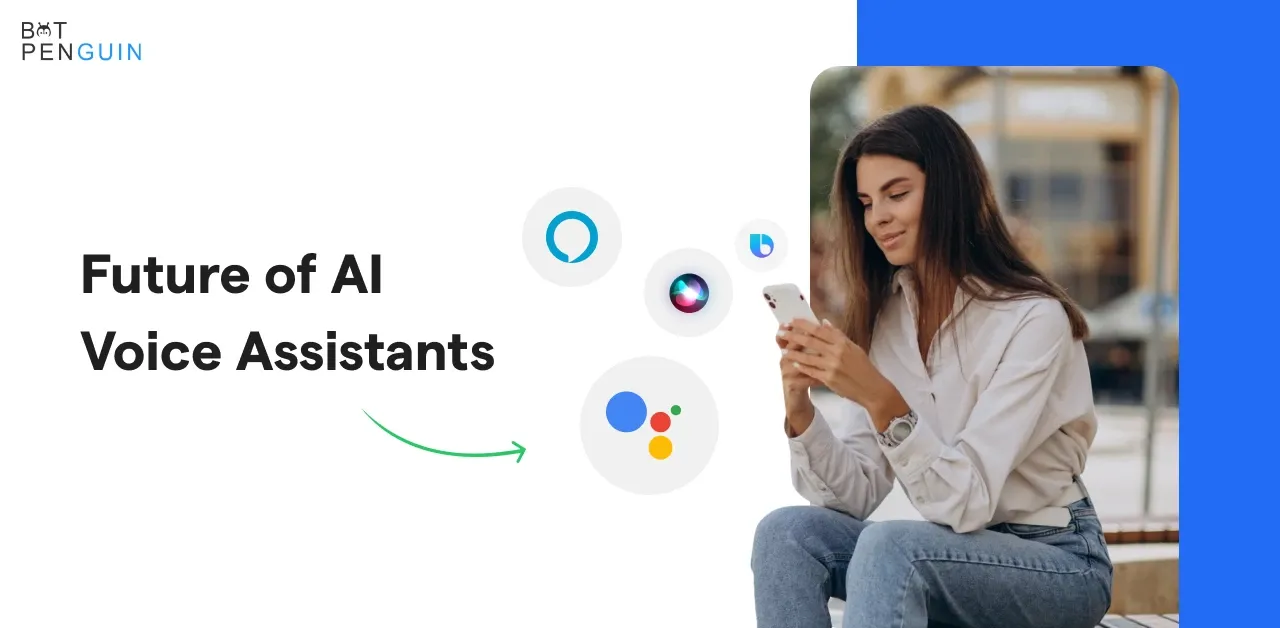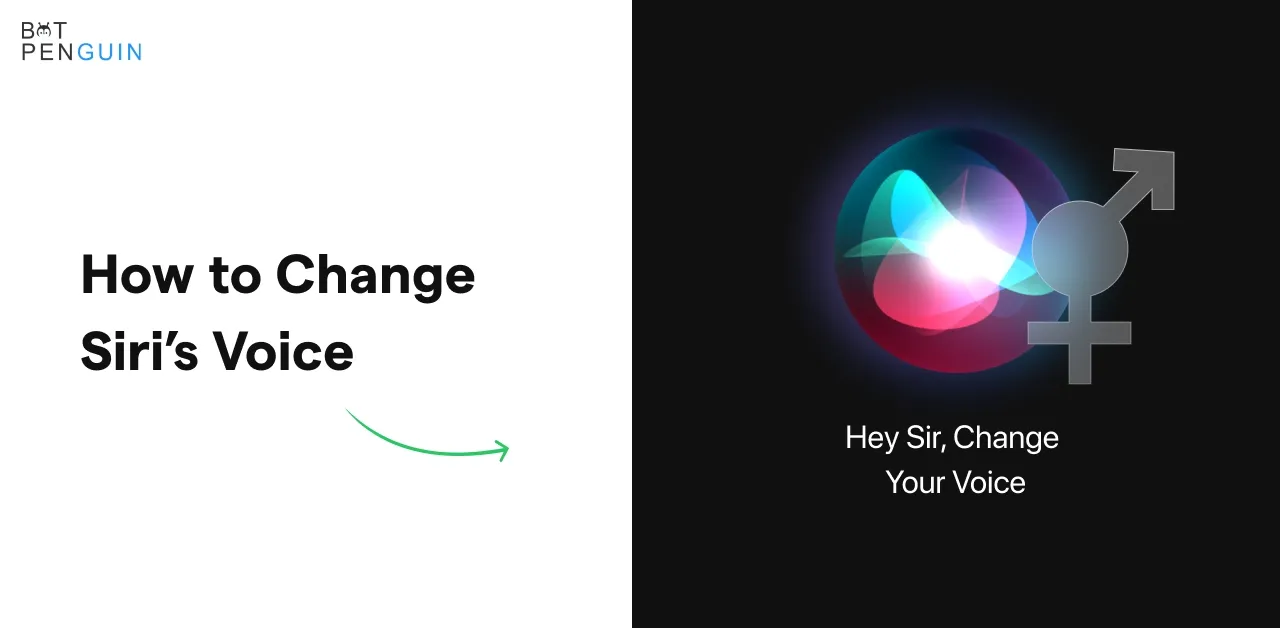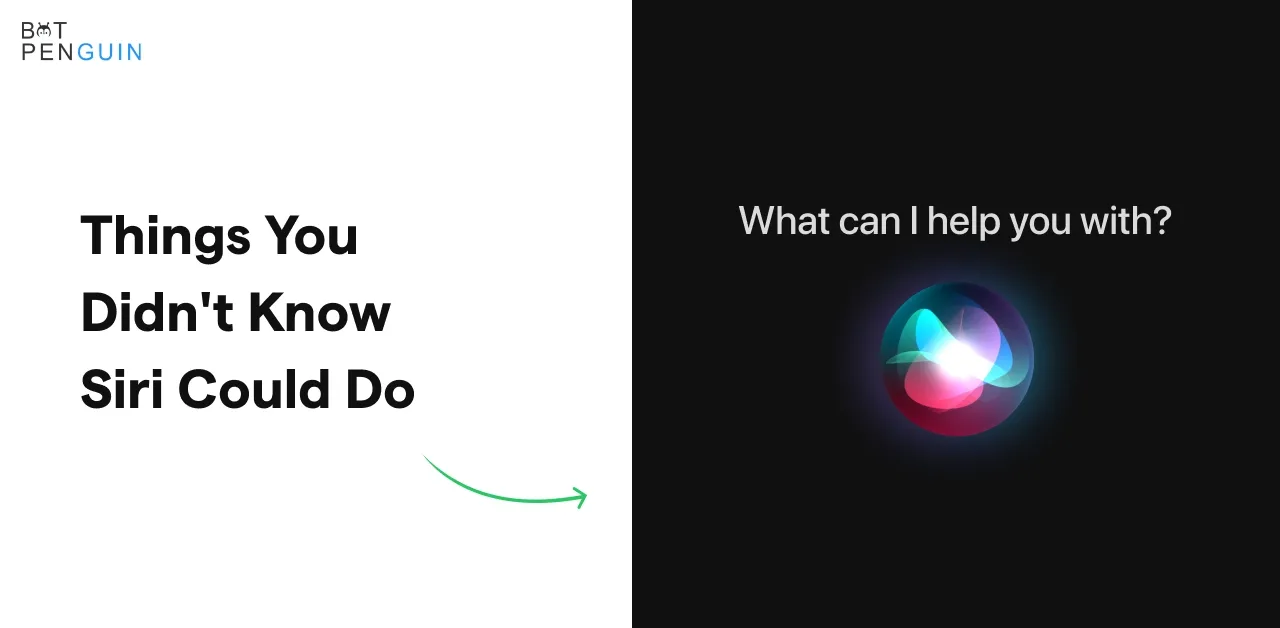Introduction
Nobody wants another robotic voicemail. But what if the robot sounded human, remembered what was said, and called at the perfect time? That’s what AI cold calling is doing—and it’s changing how teams communicate, connect, and convert.
Thanks to rapid advances in AI voice technology, cold calling has moved beyond scripts and guesswork. It now means conversations powered by AI that can engage, qualify, respond, and even reroute to a live agent—all in real time.
If you're looking to automate outreach, improve connect rates, or reduce the workload on human reps, AI is be your next strategic edge.
This guide gives you a practical, honest look at where AI fits into your outbound workflow. Whether you’re scaling sales or simplifying support, this is your blueprint.
What is AI Cold Calling?
First of all, let's start with understanding the concept of AI Cold Calling, what it means.
AI cold calling is transforming how organizations initiate conversations at scale. It’s artificial intelligence trained to sound natural, understand what’s being said, and respond like a human would—only faster, more consistently, and around the clock.
Whether you're booking meetings, reminding customers, gathering feedback, or qualifying leads, cold calling with AI removes the manual work and replaces it with intelligent automation.
It’s the kind of outreach that feels real—but doesn’t need a human to start it.
Definition and How It Works
AI cold calling is the use of conversational AI to make outbound calls that sound human and can handle two-way interactions.
It uses real-time speech generation and comprehension to lead a call, ask questions, handle responses, and transfer to a human when needed.
Here’s how it works, step by step:
- You define the goal — like booking demos, confirming appointments, or re-engaging leads.
- You train the voice bot — using prompts, brand tone, and even past call data.
- It dials out automatically — either from a number list or CRM.
- It speaks in a natural voice — adjusts based on tone, pauses, and even emotion.
- It listens and responds — recognizing intent, handling objections, and staying on script without sounding scripted.
- It transfers when needed — if the call goes beyond its scope, it routes to a human.
- Everything is logged — transcriptions, insights, and follow-up actions are recorded in real time.
Why this matters: You no longer need to choose between reach and personalization. With AI for cold calling, you get both.
AI Cold Calling vs Traditional Cold Calling
Traditional cold calling is limited by human bandwidth. It’s time-consuming, inconsistent, and prone to error. AI flips that.
Here’s the difference:
🧠 What it means: Your team spends less time chasing voicemails and more time talking to people who are ready to engage.
The possibilities are expanding fast.
Key Technologies Powering AI Cold Calling
AI cold calling works because it’s built on solid, modern tech, which is smart enough to adapt, yet simple enough to implement. Here's what powers it:
✅ Large Language Models (LLMs)
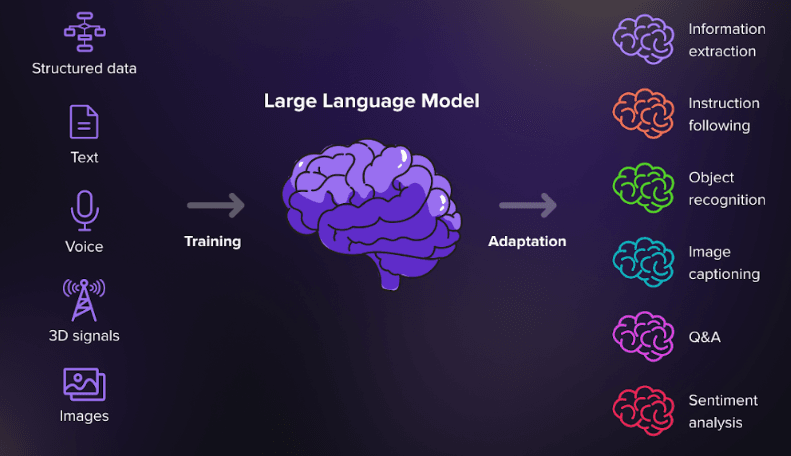
This is the brain. It processes language, understands questions, and chooses the right reply based on tone and context.
✅ Voice Synthesis & Speech-to-Text
This is the voice. It makes the bot sound natural—handling pacing, emotion, and even subtle hesitation. It also turns every spoken response into searchable text.
✅ Real-Time Call Routing
This connects AI to people. If someone asks a complex question or signals strong interest, the bot routes the call instantly to a human.
✅ Intent Detection & Response Scoring
This is how the AI “thinks.” It knows if the caller is interested, confused, objecting, or ready to book. It responds accordingly.
✅ Analytics & CRM Sync
Everything is measured. You get dashboards showing connect rates, talk time, objections, drop-offs, and outcomes—plus direct syncing with CRMs like HubSpot, Salesforce, or Zoho.
🔍 Real example: A DTC brand can use AI cold calls to re-engage 5,000 customers who hadn’t responded to emails. The AI bot can run a personalized campaign across 3 days and book 400+ callbacks. No reps needed until someone actually wanted to talk.
🧭 Where This Fits in Your Workflow
AI doesn’t replace your team. It makes them better.
Use it for:
- First-touch campaigns
- Re-engaging cold leads
- Following up abandoned quotes or carts
- Handling high-volume tasks (event reminders, renewal notices)
- Qualifying inbound leads before a human follow-up
It does the hard, repetitive part—so your humans can do the high-value part.
How to Implement AI Cold Calling
You don’t need a dev team or deep AI knowledge to get started. Modern tools make using AI to cold call fast, simple, and shockingly effective.
And one such tool is BotPenguin.
It is a smart, no-code AI chatbot and voicebot platform that empowers businesses to automate cold calls using advanced voice technology.
Designed to streamline various calling workflows, BotPenguin helps teams automate outbound calls in just a few clicks.
So, let’s walk through exactly how to set it up.
Step 1: Sign Up and Access the Voice Bot Builder
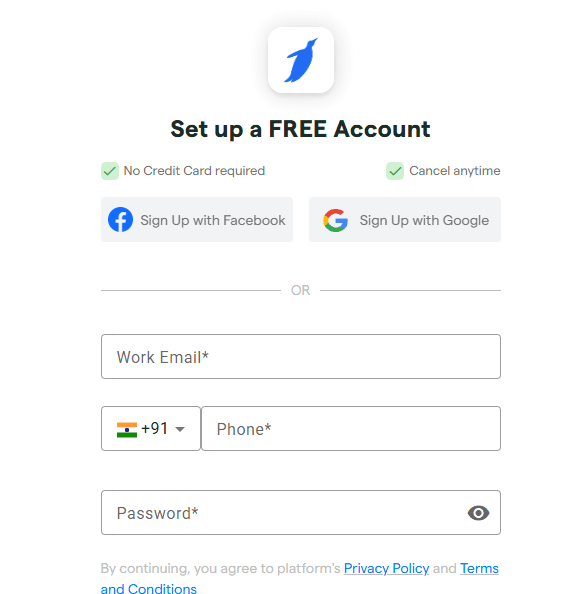
Create an account on BotPenguin. The dashboard is clean and easy to navigate. No coding, no complexity.
🧠 Pro Tip: Choose the “Voice Bot” option to access tools made for ai voice cold calling.
Step 2: Create a Voice Bot That Matches Your Brand
Give your bot a name, personality, and purpose. Whether you're chasing demos, reminding customers, or qualifying leads—make it sound like you.
Set tone, language, and call flow style. Want it friendly and casual? Straightforward and sharp? You decide.
This step sets the stage for cold calling with AI that actually connects.
Step 3: Write the Prompt: Tell the Bot What to Do
This is where the magic happens. You’ll describe:
- The role the bot plays (e.g., outbound rep, recruiter, support agent)
- The goals for the call (book a meeting, collect info, offer value)
- The tone and style (cheerful, concise, consultative)
The clearer your instructions, the smarter the bot sounds. And yes—LLMs power the backend here, so your bot learns how to respond on the fly.
Step 4: Train on Your Business Data (Optional but Powerful)
Want your bot to answer product-specific questions or handle objections? Upload documents, website content, or FAQs.
This turns your ai cold call into a mini knowledge hub that doesn’t fumble answers or go off-script. Perfect for industries like SaaS, real estate, finance, or services.
Step 5: Upload Your Phone Numbers or Connect Your CRM
Now bring in your contacts. You can:
- Upload a CSV
- Import from Google Sheets
- Or sync from HubSpot, Zoho, Salesforce, and more
This flexibility is what makes ai for cold calling work across small businesses and enterprise teams.
Step 6: Set Up Smart Call Routing & Fallback Paths
Not every conversation succeeds—and that’s okay. With fallback routing, your AI bot can:
- Transfer to a human agent
- Offer to schedule a callback
- Or gracefully end the call if the lead isn’t a fit
This keeps cold calling AI human-ready and user-friendly.
Step 7: Schedule Your Campaign and Set Frequency
Pick your start date, time zone, and how many calls to send per hour or day.
Want to run an after-hours campaign? Need weekend calls? No problem. AI cold calls don’t take breaks.
💡Test multiple campaigns with different prompts to see what connects best.
Step 8: Explore Bot Features and Integrations
BotPenguin offers:
- Multilingual AI voices
- Live call transcripts
- Call scoring
- Integration with calendars, email, and chat tools
This is where ai cold calling becomes part of your larger workflow—not just a one-off hack.
Step 9: Campaign Templates You Can Start With
Not sure where to begin? Try these BotPenguin-ready use cases:
- B2B Lead Gen: “Hi John, I saw you downloaded our whitepaper…”
- Event Reminder: “Just a quick heads-up—your webinar starts tomorrow at 11AM…”
- Cart Recovery: “We noticed your order’s still open—need help checking out?”
- Recruitment: “This is Sarah from TalentSync. Are you available to chat about your application?”
- Appointment Confirmation: “Just confirming your booking for Tuesday at 3PM…”
Benefits of Cold Calling with AI
AI isn’t just changing the way we work—it’s redefining what’s possible in outbound communication. Whether you're running sales, support, or customer outreach, AI cold calling helps you do more with less, without cutting corners on quality.
Let’s break down the real advantages.
Boost in Call Volume and Connect Rates
With a human, there's a limit. Most reps can make 60 to 100 calls a day—if nothing goes wrong.
Now compare that to AI cold calls, which can handle hundreds of calls per hour, without slowing down, forgetting steps, or missing follow-ups.
And it’s not just about speed. AI can time calls better, retry at smarter hours, and adjust tone based on response, leading to more connects, not just more dials.
📊 Result: Teams using cold calling AI often report 2x to 5x higher contact rates. That means more real conversations—and faster pipeline movement.
Reduced SDR Workload and Burnout
Outbound reps are tired. Repeating the same script, getting voicemail after voicemail, and juggling admin tasks burn out even top talent.
Using AI for cold calling removes the repetitive part, so human reps only step in when someone’s actually interested or qualified.
This creates space for better conversations, fewer no-shows, and way less team turnover.
Imagine: No more wasting hours on calls that go nowhere. AI handles the heavy lifting.
24/7 Outreach Without Human Fatigue
AI doesn’t sleep, take lunch breaks, or feel tired by the third hour.
You can schedule AI voice cold calling to run:
- After hours
- On weekends
- During holidays
- In multiple time zones
It works when your team can’t—and makes sure no lead sits cold just because it’s 6PM.
Global brands love this feature when reaching international leads across different time zones.
Smart Analytics, Call Scoring, and Real-Time Coaching
AI doesn’t just talk. It listens, records, and learns.
Every AI cold call is automatically:
- Transcribed
- Tagged for sentiment
- Scored based on outcome
This gives you real data—who picked up, what worked, where the conversation dropped, and how many leads showed buying signals.
Even better: You can use that data to improve scripts, train your team, and test different approaches without guessing.
📈 You don’t just make more calls—you make smarter calls.
✅ More calls without more reps
✅ Better lead engagement without burning people out
✅ Calls that run 24/7 without extra payroll
✅ Real-time insights that actually help you improve
Best Practices for AI Cold Calling Success
Setting up an AI cold caller is easy. Making it effective? That takes a little strategy. To make sure your cold calling AI performs like your best rep (not a robotic script), follow these proven practices.
Write Adaptive, Human-Like Scripts
The script is the soul of your AI. If it sounds flat, rushed, or too perfect, people won’t respond.
Write the way real people talk:
- Use short, simple sentences
- Include natural pauses or fillers (like “Hi, is this a good time?”)
- Add variety in how questions are asked
A great AI cold call doesn’t read. It talks. And it adapts if someone hesitates, asks for clarity, or pushes back.
Train AI on Real Objections and Intent Cues
Most people don’t say “Yes” right away. Objections are normal—and trainable.
Feed your AI real responses you've heard:
- “I’m busy”
- “Not interested”
- “Send me something instead”
Then guide it to reply calmly, with empathy and purpose. AI gets smarter with each interaction—if you train it on the right signals.
💡 Using AI for cold calling works best when your bot knows when to push, pause, or pivot.
Blend Human Oversight with Automation
AI isn’t here to replace people. It’s here to support them.
Let AI:
- Start conversations
- Qualify interest
- Collect data
Then hand off to humans when it’s time to close, explain, or handle complex requests. The most effective teams use a hybrid flow—bots on the frontlines, humans on standby.
🧠 Smart outreach means knowing when automation should stop talking and start listening.
Use AI for Quality Assurance and Call Coaching
AI listens to everything—and remembers. Use that to your advantage.
With ai voice cold calling, every call can be:
- Transcribed
- Scored
- Tagged by sentiment
- Reviewed instantly
That means faster training for reps, tighter scripts, and better insight into what your audience actually says.
🔍 No more guessing. You can coach teams with real data from real conversations.
Limitations and Concerns Around AI Cold Calling
AI cold calling isn’t a silver bullet. It works well in many use cases—but it’s not the perfect fit for every business, every lead, or every call.
Knowing where it falls short is just as important as knowing how it works.
When AI May Not Be the Best Fit
Some calls need a human from the start. If your offering is complex, high-ticket, or deeply relationship-driven, AI might not handle it well—yet.
You should pause before using ai cold calls if:
- Your calls involve legal, financial, or emotional sensitivity
- You rely on deep consultative selling
- Your audience expects a high-touch, personal interaction from the first hello
📌 Use AI for what it does best: quick outreach, screening, reminders—not nuanced negotiation or handling fragile conversations.
Technical and Brand Reputation Risks
AI is only as good as the system behind it. And a misstep in voice tone, script design, or call timing can make your brand feel cold or careless.
Watch out for:
- Glitches in voice synthesis that sound robotic or unnatural
- Overuse of AI cold calling without fallback paths
- Incorrect or outdated data that leads to awkward interactions
One bad call can feel like spam. Five in a row can hurt your brand’s trust fast—especially if you're cold calling with AI and not monitoring tone, language, or accuracy.
What to Monitor During Rollout
Rolling out cold calling AI isn’t “set it and forget it.” You need to track early signals to know what’s working—and what’s not.
Here’s what to keep an eye on:
- Call completion and drop rates
- Positive vs. negative sentiment in responses
- Escalation handoffs (and when they happen)
- Lead engagement after the call
Check transcriptions regularly. Review real outcomes. And always keep a human in the loop, especially during the first few campaigns. The best AI teams treat launch like a test—not a finish line.
💡AI is powerful but not perfect. Know when to use it. Know when to pause it. And if you're using AI for cold calling, make sure it reflects your brand—not replaces it.
Common Mistakes to Avoid
Even smart tools fail with the wrong setup. Avoid these:
- Too much scripting: It kills flexibility.
- No fallback plan: Always route tricky calls to a human.
- Calling cold lists blindly: Use qualified, opt-in leads when possible.
- Ignoring tone: A script that works in text may sound stiff in voice.
- Setting it and forgetting it: Review performance weekly. Tune constantly.
💡Don’t treat AI like magic. Treat it like a new team member—you have to onboard it right.
Conclusion
AI cold calling has moved from idea to action—and platforms like BotPenguin make it surprisingly accessible. You don’t need a big budget or a tech team to start.
From booking demos to reminding users or qualifying leads, it does the heavy lifting so your team can focus on meaningful conversations.
But success depends on how you use it: clear scripts, trained intent, smart handoffs, and legal awareness. If you’ve been juggling outreach with limited time or staff, this is a practical way to scale without burning out.
Try one campaign, test results, and see how it fits. Sometimes the right tool isn’t about replacing people—it’s about giving them better ways to work. And BotPenguin does exactly that.
Frequently Asked Questions (FAQs)
Is AI cold calling legal in my country?
Laws vary. In the U.S., you need consent under TCPA. In Europe, GDPR requires transparency. Some regions restrict automated calls entirely.
Always check local regulations before launching. Most reliable platforms include compliance settings, but it’s your responsibility to configure them properly and stay within legal limits.
Will people know they’re talking to a bot?
If you set it up right, yes—and that’s a good thing. Leading with a natural intro like “This is an AI assistant calling for...” builds trust.
Trying to hide it can damage credibility. Transparency actually helps improve outcomes, especially when paired with smooth, human-like responses.
What if the AI makes a mistake?
Mistakes happen, but they’re manageable. Most tools let you update prompts, edit scripts, or pause campaigns instantly.
You can also review call transcripts and feedback to improve performance. AI isn’t perfect, but with regular testing and smart handoffs, it can still outperform rushed or overworked human calls.
What’s the best tool for small teams?
BotPenguin is ideal. It’s easy to set up, works without code, and handles everything from lead follow-ups to appointment reminders.
Great for startups or solo operators who need AI voice cold calling without a big learning curve. Plus, it integrates with popular CRMs and comes with campaign templates.
Is there an AI that can cold call for me?
Yes—tools like BotPenguin, Regie.ai, and custom GPT-Twilio setups can handle real outbound calls. They can speak naturally, answer basic questions, and transfer calls when needed.
You just provide the script and list. It’s like having a virtual SDR who never sleeps or gets tired.

